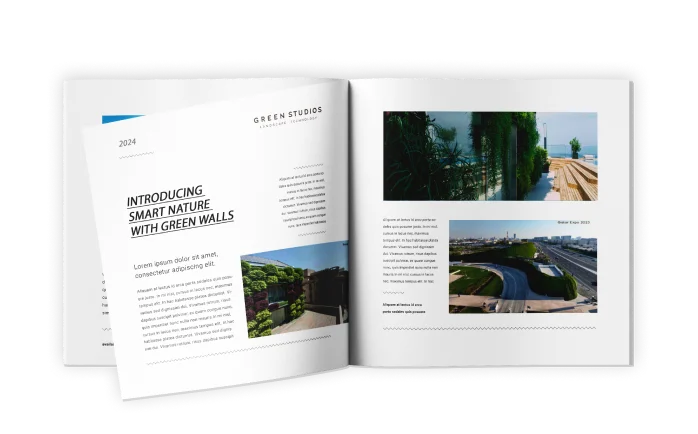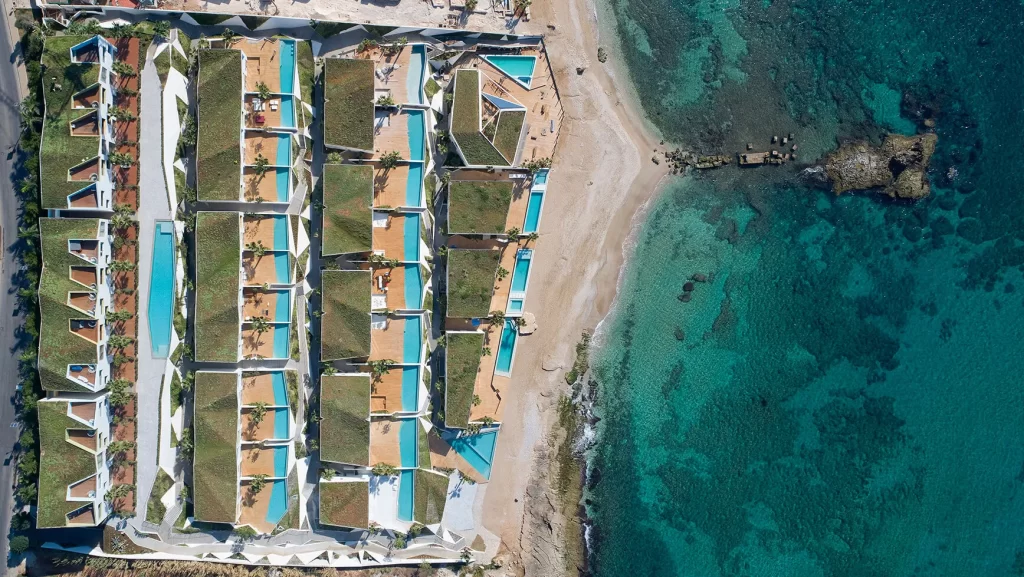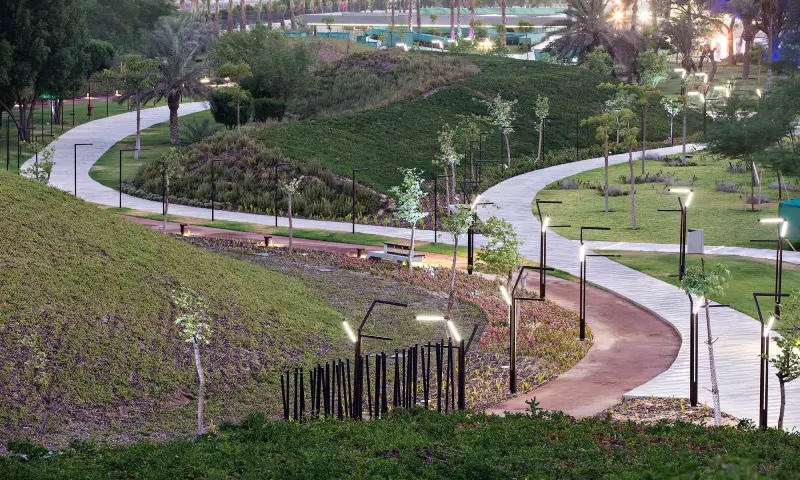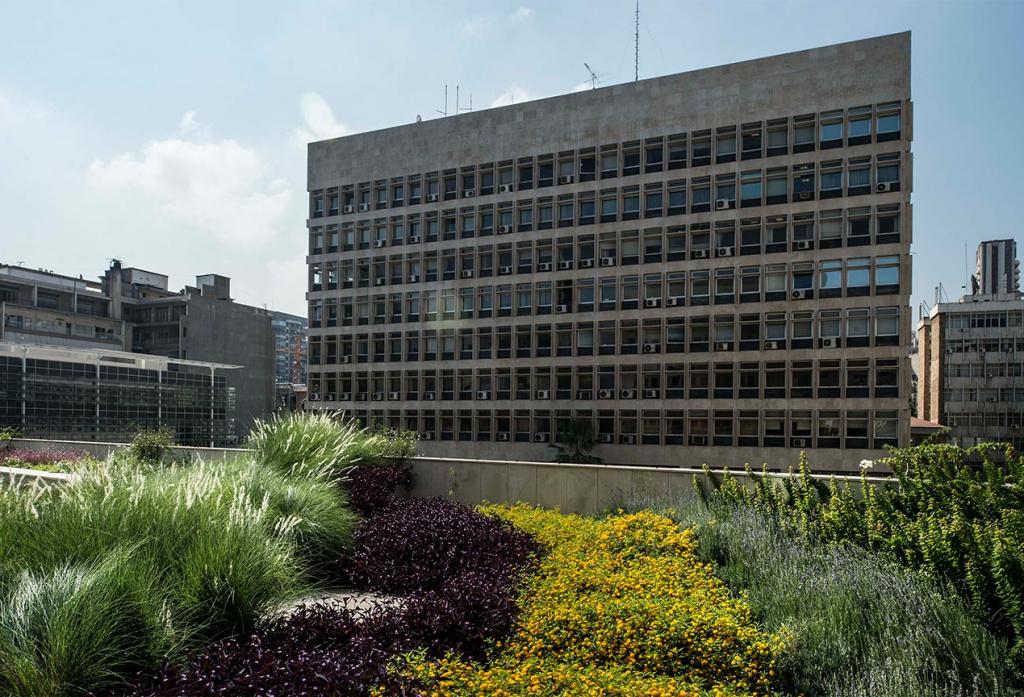BENEFITS OF GREEN ROOFS
MAINTENANCE APPLICATION
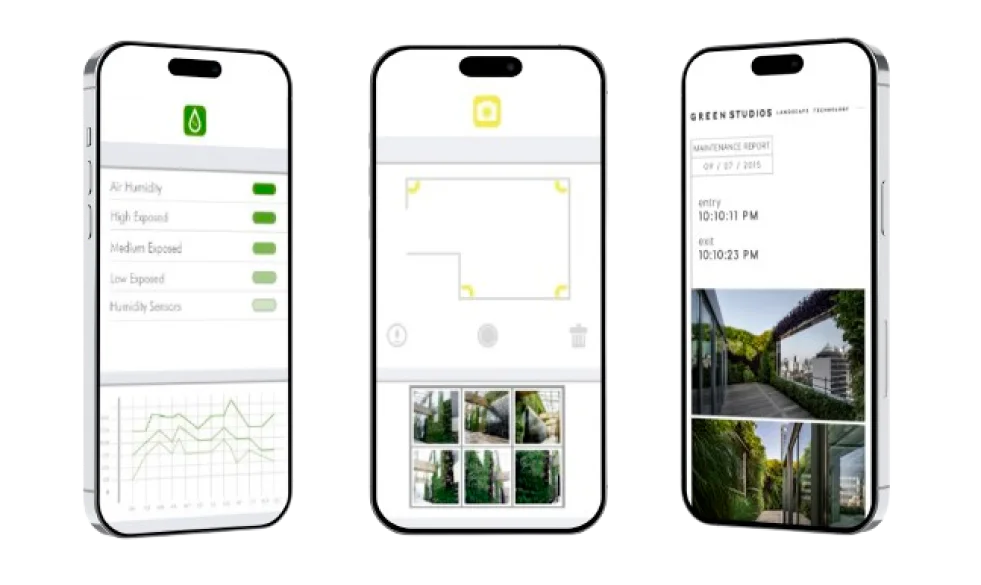
A phone/tablet application can be logged onto from anywhere around the world to monitor the status of a green wall or roof garden system. Moisture percentage, water pressure, EC/pH ranges, and historical maintenance actions are all important aspects that can be monitored by our partners, to ensure the system is functioning optimally.
Monitoring through a smart application saves time and reduces the risk of plants dying by a factor of 100.
FREQUENTLY ASKED QUESTIONS
This varies according to climate and types of plants but as a general guideline, between 1 to 13 lit/sqm/day
For indoor gardens, a visit is required every 1-2 months. Outdoor plants require a maintenance visit once a month during growing season. This includes trimming, cleaning leaves, and spraying plants with pesticides if needed. Filters and strainers are cleaned and fertilizer tank is also refilled. Please refer to the manual.
In the event of electrical or water failure, a sound alarm on the smart board controller either sends an alert, there will be an SMS notification or an alarm to the building monitoring systems will encourage action. Our technical support team is available to assist the maintenance team on-site and ensure the issue is resolved.
Naturally, insects exist in outdoor landscapes and are treated with preventative pesticides that are sprayed during frequent maintenance visits. Highly toxic pesticides are not used since it is not required for ornamental plants. However, outdoor areas that do have many flowering plants attract insects such as bees and pollinating insects.
ZinCo roof gardens are equipped with layers that ensure proper drainage and ventilation to eliminate water stagnation, which eventually leads to odors.
Only in cases where sloping is not properly achieved and water remains stagnant, it is only natural for an odor to be released. Our team of engineers ensures this issue does not occur, thanks to critical site supervision.
Water supply and data connections from technical unit to desired roof garden location.
Electrical supply at the technical unit.
Drain point for drainage.
Waterproofing layer.
It depends on whether it is an extensive or intensive roof garden system. Extensive systems range between 7 – 15cm of soil depth. Whereas intensive systems can range from 20 to 200 cm in depth according to plant varieties.
ZinCo has produced a wide range of drainage elements that are ideal for all different sloped landscapes. The catalog explains all the various types of applications for roof garden materials.
They can be applied to any type of roof, with proper drainage system and a minimum slope of 2% from a typical flat roof, to saddle roof, butterfly roof, mono pitched roof, saw-tooth roof or Barrel roof.
Roof gardens can be applied to any type of base, considering the maximum allowable load bearing, from reinforced concrete deck to wooden structure or profiled steel structure.
